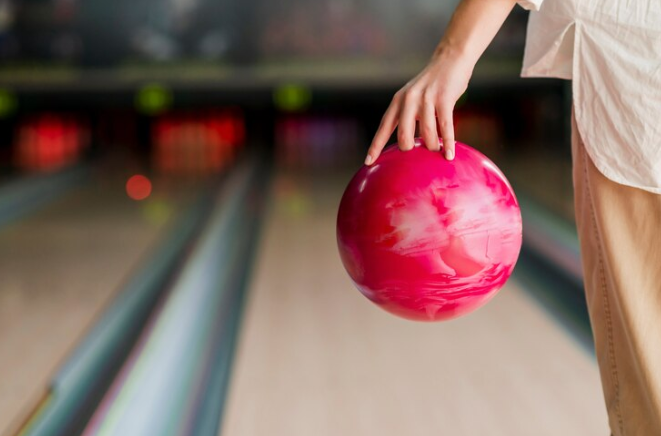How to Find Your Ideal Bowling Ball Grip for Strike Success?

Bowling is a sport that requires skill, technique, and a good understanding of how to handle your equipment. One of the key factors in improving your game is finding the right grip for your bowling ball. This guide will help you understand how to find your ideal bowling ball grip to improve your throws and increase your chances of hitting more strikes.
Understanding the Basics of Bowling Ball Grip
Before you can find the ideal grip, it's important to understand the basics. Your grip on the bowling ball affects your control, accuracy, and overall performance. A proper grip will help you throw the ball correctly and with the right amount of spin. Let’s break down the main types of grips and their impacts on your game.
1. Finger Tip Grip
The finger tip grip is one of the most popular grips among serious bowlers. In this grip, only the tips of your fingers are inserted into the holes of the ball. This allows for greater control and more spin on the ball. To use this grip, place your middle and ring fingers into the holes up to the first joint, while your thumb should fit snugly in the thumb hole.
This grip is ideal for players who want to add a lot of spin to their throws. It requires practice to master, but once you get the hang of it, it can significantly improve your performance.
2. Conventional Grip
The conventional grip involves inserting your fingers deeper into the ball. Your fingers go all the way to the second joint, and the thumb fits comfortably in its hole. This grip is easier to learn and provides more control for beginners. It’s particularly useful if you want to focus on accuracy rather than spin.
This grip is a good choice if you are learning how to throw a bowling ball correctly and need more control over your shots. It can help you develop a consistent throw and improve your overall technique.
3. Semi-Fingertip Grip
The semi-fingertip grip is a compromise between the fingertip and conventional grips. In this grip, your fingers are inserted into the holes up to just past the first joint. This grip allows for a balance between control and spin. It’s often used by intermediate bowlers who want to enhance their game.
This grip is versatile and can help you adapt to different conditions on the bowling lane. It’s a good choice if you are looking to improve bowling performance without committing fully to one type of grip.
Finding Your Ideal Grip
Choosing the right grip is crucial, but finding your ideal grip requires some trial and error. Here are some steps to help you determine what works best for you:
1. Test Different Grips
Start by experimenting with different grips. Try the fingertip grip, conventional grip, and semi-fingertip grip to see which one feels most comfortable and gives you the best results. Pay attention to how each grip affects your control, accuracy, and spin.
2. Adjust for Comfort
Make sure the grip you choose feels comfortable. If it is too tight or too loose, it can affect your performance. You should be able to hold the ball securely without straining your fingers, and the grip should also allow you to release the ball smoothly.
3. Consider Your Bowling Style
Your bowling style can influence the grip you choose. If you prefer a higher spin rate, the fingertip grip might be the best choice. If you’re more focused on accuracy, the conventional grip could be more suitable. Think about how you like to play and select a grip that complements your style.
Strike Success Starts at Home with Join Ten Pin Doctors!
Wondering how to improve bowling? Choosing bowling training at home from Ten Pin Doctors means you get expert coaching right in your living room. Our targeted drills and personalized feedback help you improve your technique without the hassle of visiting a bowling alley. Perfect your form, enhance your accuracy, and boost your confidence with our tailored online programs. Ready to bowl like a pro? Start your home training today!
You must sign up or log in to add comments to this blog article.
 Login
Login